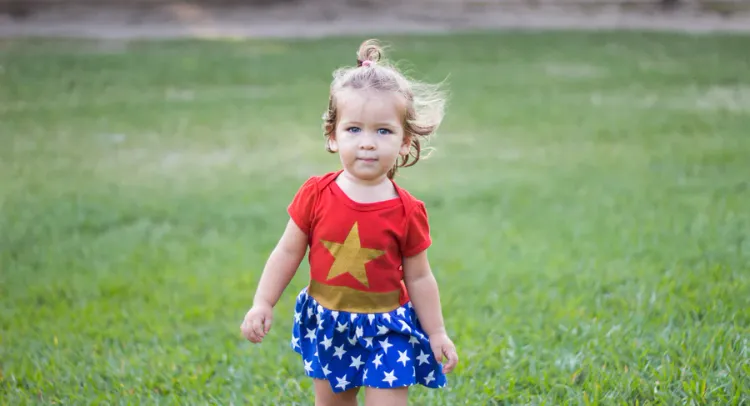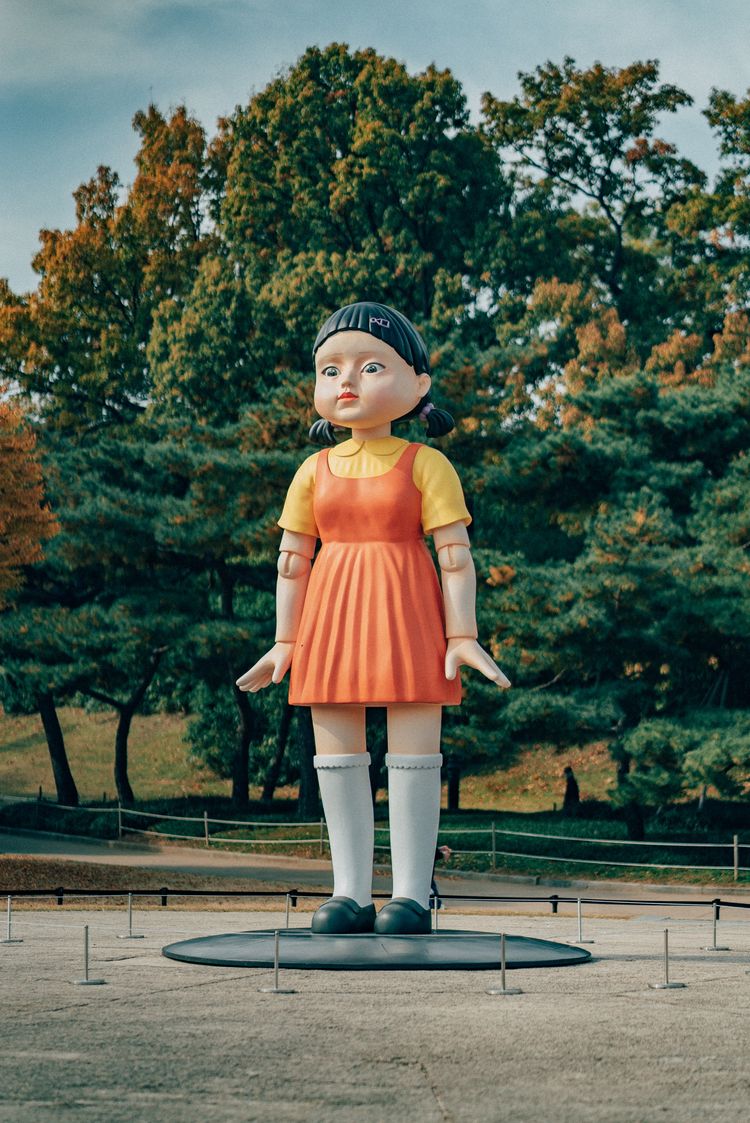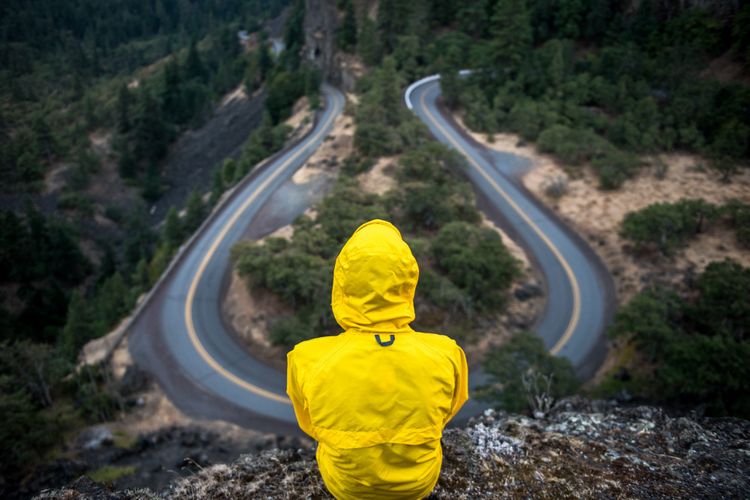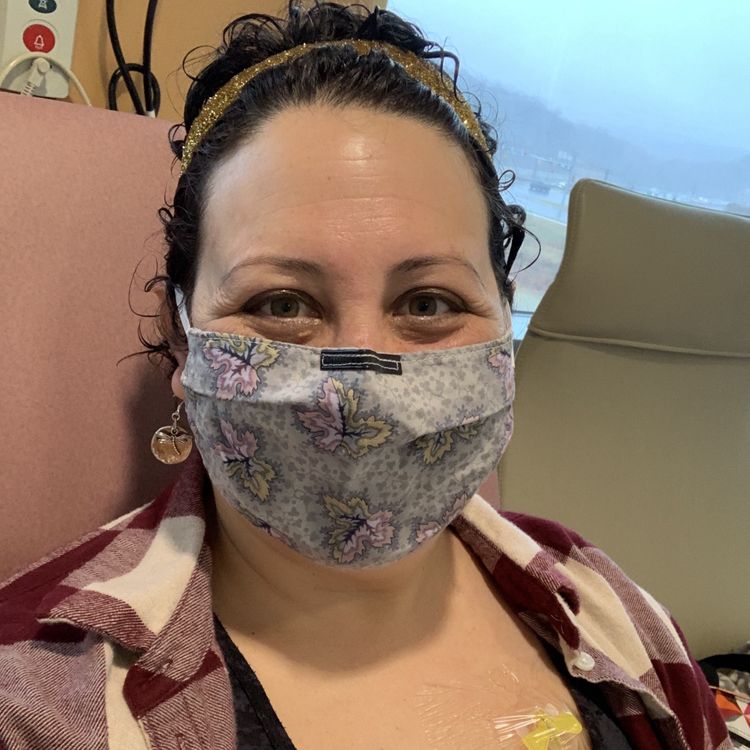Are We Really All in this Together?
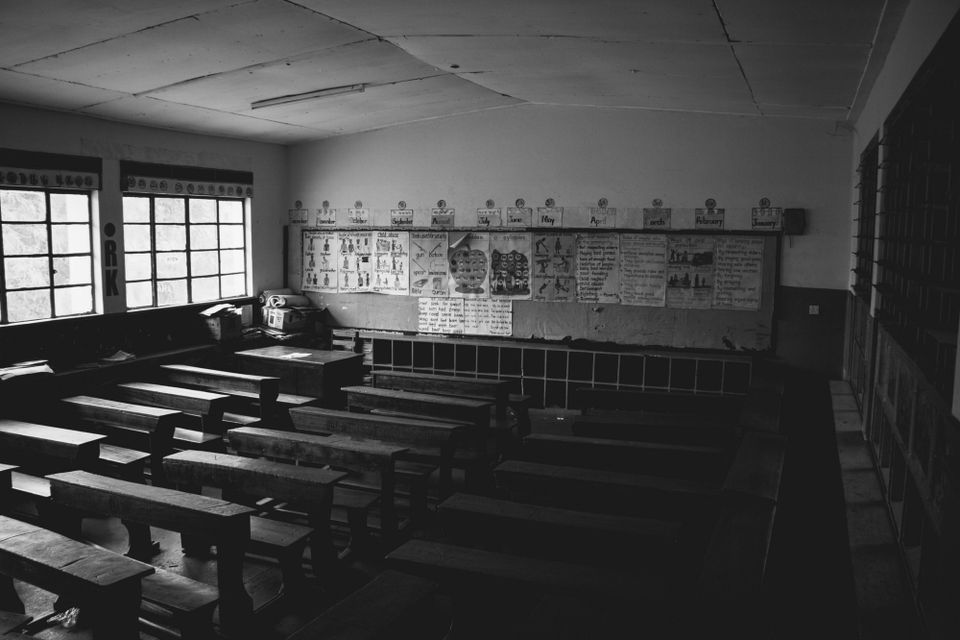
Supporting our teachers during pandemic learning

I keep coming across the phrase, “We’re all in this together.” Other than making me want to break out into song from High School Musical every time I hear it, it also makes me wonder if the sentiment is true. If you had asked me four months ago when our country found its first cases of the corona virus and states began to shut down, I would have said unequivocally, “Yes, we are all in this together.” As the new school year looms and as parents and school staff battle online for or against the opening of school buildings, I’m starting to think that’s not the case.
I have four children ranging from kindergarten to high school who are slated to attend four different public schools in the fall. Three of my children will need to take public school buses to attend their schools. I was not convinced that our school district could safely mitigate the exposure to germs on buses, in the classrooms, and between students. It would not be for lack of trying; our district is huge.
I won’t lie. After weeks of trepidation and fear I breathed a sigh of relief when our county passed down the school decision that our public school buildings would remain closed until the end of January. Our students would begin the 2020–2021 school year via distance learning.
I know that my relief wasn’t shared by everybody. Parents who cannot work from home were stressing about what how to support distance learning while still having to leave the house everyday for work. They already made sacrifices in the spring when the world first shut down and again this summer when camps were cancelled. Parents who had to work 40 hours from home participating in their own zoom meetings or phone calls would not be able to tend to their children’s schooling online.
And it seems that whichever choice we make for our children, we will be judged. We each have different reasons for wanting our children in school buildings or taught from home whether it be for physical, social, and/or emotional health, resources or lack thereof, socialization, or lack of support
As a former classroom teacher I stayed in the loop to listen to what teachers in my district were saying. Prior to the school decision, there were a lot of teachers who feared going back into the building and becoming exposed to the virus and possibly bringing it home to their families. As they prepared for the possibility of returning to their buildings, there were a lot of concerns about the classroom experience as we they would have to move away from collaborative learning in order to keep their students apart. Teachers across the country somberly shared pictures of what classrooms would look like as they boxed up classroom libraries and changed group spaces in order to maintain the 6 feet apart protocol. There were concerns about not being able to hug their students or comfort those new kindergartners who were attending school for the first time. I watched as talk of writing wills became a topic of conversation. Instead of wearing their professional attire, there were suggestions of wearing medical scrubs. There were concerns about the lack of masking or lack of consequences when students wouldn’t or couldn’t keep their masks on.
And as teachers consulted, supported, and provided shared online tools and resources to make the next school year go off seamlessly in person or online, there were parents demanding that school buildings open up.
When the world shut down in March, parents were lauding the teachers as superheroes as they got a first hand glimpse of what it was like to teach their children. There was some true appreciation for what teachers do day in and day out.
Teaching is not for the faint of heart. It takes patience, skill, and a passion for loving what you do. How else do you teach multiple children with varying degrees of ability and background knowledge all day everyday? Parents found out that they did not want to teach their children full-time. They kept calling it homeschooling, but was really happening was crisis teaching and management.
In many cases teachers were given little notice of school closures and brought home materials to carry them over for a few weeks, not until the end of the school year. No one predicted that the school year would end with distance learning. And yet despite it all, the teachers did a hard pivot doing what teachers do and collaborated, shared resources, and made distance learning work even with limited resources.
What most parents didn’t see behind the scenes was the stress many teachers felt about reaching and connecting with their students online. They didn’t see them reworking a presentation that was handed down by the county so it would better fit their students. What they didn’t see were teachers juggling their own children’s distance learning while teaching our children online. They didn’t see the hours of on the spot training teachers did to move from teaching their students in person to teaching them online.
Our own kindergarten teacher contacted me this summer and apologized that this will not be a regular kindergarten experience for our youngest child. He taught our first three children in person and as my youngest said, “He has been waiting for me my whole life.” We were so excited for her to have the same kindergarten experiences with our favorite kindergarten teacher. Even though this year will not be a traditional kindergarten year I trust in his teaching and that he will make it work. Teachers are professionals. They will make the best out of a less than ideal situation.
There seems to be a misunderstanding that if teachers are not providing direct instruction online for six hours a day that they weren’t working. Teachers don’t provide direct instruction 6 hours a day. They guide, mentor, navigate, and encourage their students towards mastery and independent learning. Students work independently or in collaborative groups. Teachers provide direct large group instruction, small group instruction, and one-on-one help. They assess for mastery. When parents ask for online schooling to replicate six hours in the classroom, that’s not going to happen. What is going to happen is that there will be new expectations, and more opportunities for students to learn independently and that is not a bad thing!
What if instead of demanding more screen time for online learning, we encourage our children to go outside and make connections with nature? What if the book that is read in class connects with the world? What if art classes encourage the use of everyday objects? What if science and math made real world connections in cooking or planting a windowsill garden? Granted, these suggestions are geared towards elementary students. But what can we do to expand these experiences to the upper grades?
What if we supported our teachers knowing that they also have children who are attending distance learning while they are educating our children from their home offices? What if we knew that if they go back to a traditional classroom setting it would endanger the health of a loved one who is immunocompromised? What if we acknowledge that our teachers want to be back in their classrooms with their students, but they shouldn’t have to do so until they can be guaranteed a safe working environment?
Let’s move away from the idea that teachers are only there to teach and watch our children so that we can go to work. Educators are professionals and we should treat them as such.
We need to get away from this idea of “normal.” We are in the middle of a pandemic. Social distancing, masking, and constant hand washing is our normal right now.
Going back to a school building will not be a return to what it was before the pandemic entered our lives. Classrooms will look different. Teaching styles will have to change to maintain social distancing. Student expectations will change.
But what shouldn’t change is the respect that we should give to one another. The looming school year shouldn’t pit teachers and parents against one another. It should be a mutual (distanced) collaboration of what will be best for our children until schools can reopen safely. Remember, when the pandemic hit, schools weren’t closed, it was just the buildings. Education continued.
As you sit back and decide whether to send your child to school, participate in hybrid learning, lean into homeschooling, or go all in for distance learning there may be no right or easy answer, but there will be one that best fits you and your children. It will not be a perfect solution.
No matter what we decided for our children in the fall, let’s be kind and offer grace to our educators. They will probably be facing similar obstacles and worries as they navigate teaching full-time. Let’s support them and show them that we are all in this together.
